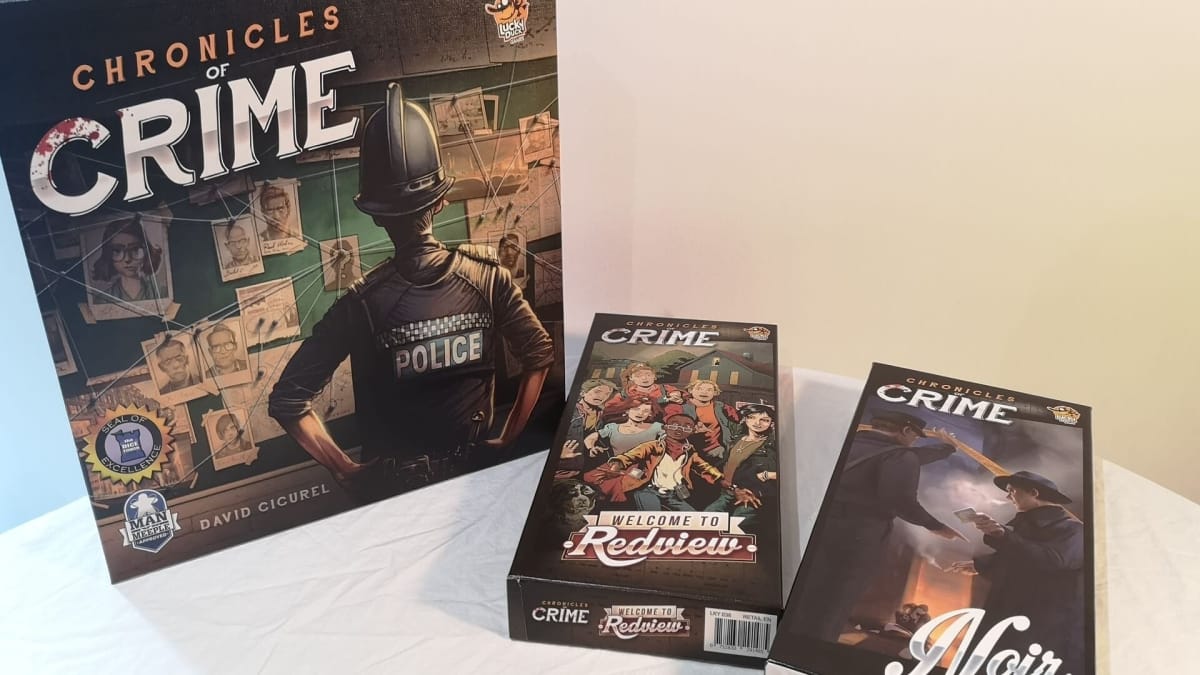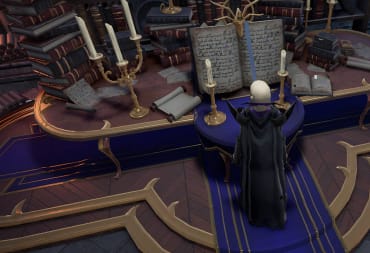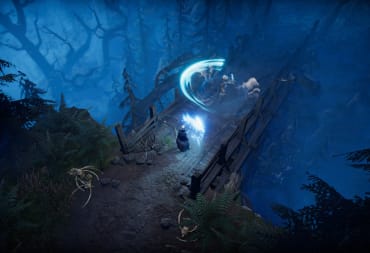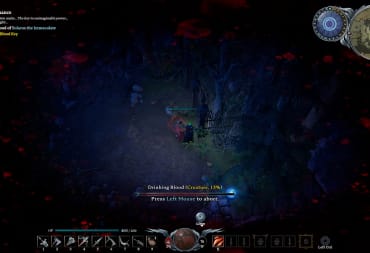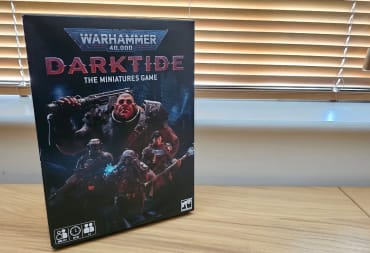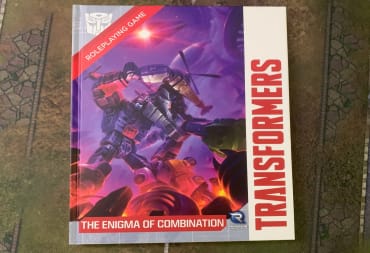Chronicles of Crime is a cooperative board game where players take on the roles of police officers investigating crimes. It uses a mix of board game components and an app and can be played solo or with up to 4 players.
Chronicles of Crime currently has 2 expansion packs available, which we’ll discuss at the end of the review, and next week, The Millennium Series which covers different periods in time goes live on Kickstarter. The Millennium series is entirely standalone, and playable out of the box.
The component content in Chronicles of Crime is relatively small, a play board for keeping track of clues and item cards you find during the investigation, a set of investigation boards that keep track of the characters you meet, and 4 forensic contact boards.

You can buy board games from our Tabletop Sponsor, Firestorm Games.
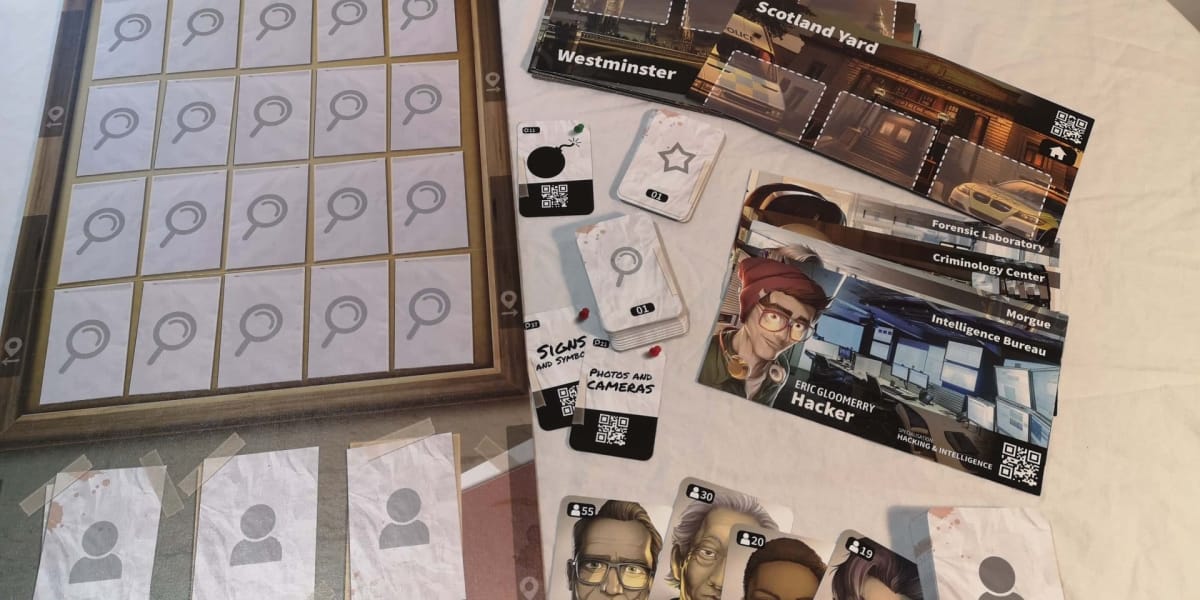
Each of the clues, items, and character cards contains very limited information, either simply a title or in the case of the characters, just an image. This allows these components to be a core set of cards that can be used game to game to represent different elements. Each card and location has a QR code, which is scanned into the app to progress the investigation.
The Chronicles of Crime app is available for IOS and Android and controls the game. Locations are scanned, allowing you to talk to characters thereby scanning them, or search for clues in 3D scenes. VR glasses can also be purchased, which attach your phone to your head, allowing you to move your head around to view the 360-degree room, rather than turning around while holding your phone.

The Chronicles of Crime rulebook is a short 6 pages of big pictures and easy to read text. It takes you through the initial set up, components and explains how each part of the game works. It’s an extremely short and easy to read set of rules, allowing you to jump straight into the Tutorial in the app quickly after opening the box.
The initial tutorial takes you through an investigation but isn’t an investigation as such itself. It does a great job of onboarding all the players, without having to read the rulebook. After the Tutorial, 5 investigations are available with the core set, 3 interlinked, and 2 stand-alone. Other scenarios are also available to purchase separately and don’t require any more components beyond those in the core set.
Games begin in your home base and your police chief giving you an assignment. The game expands from there depending on your choices. There’s usually a victim, and you will either get links to other characters, or to a location to investigate.
There’s usually a time limit on investigations, with events happening throughout to keep the tension up. It also stops the players from scanning every card possible, asking every character about every other character and traveling rapidly between each location. Each card scanned adds an element of time to the clock and you’re expected to report to your supervisor with an answer, which they may pressure you for, or events will be triggered by certain time limits.
When looking for clues at a location, a 3D image becomes available for viewing for a limited time. To investigate a specific item, you need to find the item cards, which are then scanned. If it’s relevant to the investigation, you can add the clue to the board, which can then be looked at further by your forensic team, or referred to when talking to characters. If the item isn’t relevant to the investigation, you waste some time.
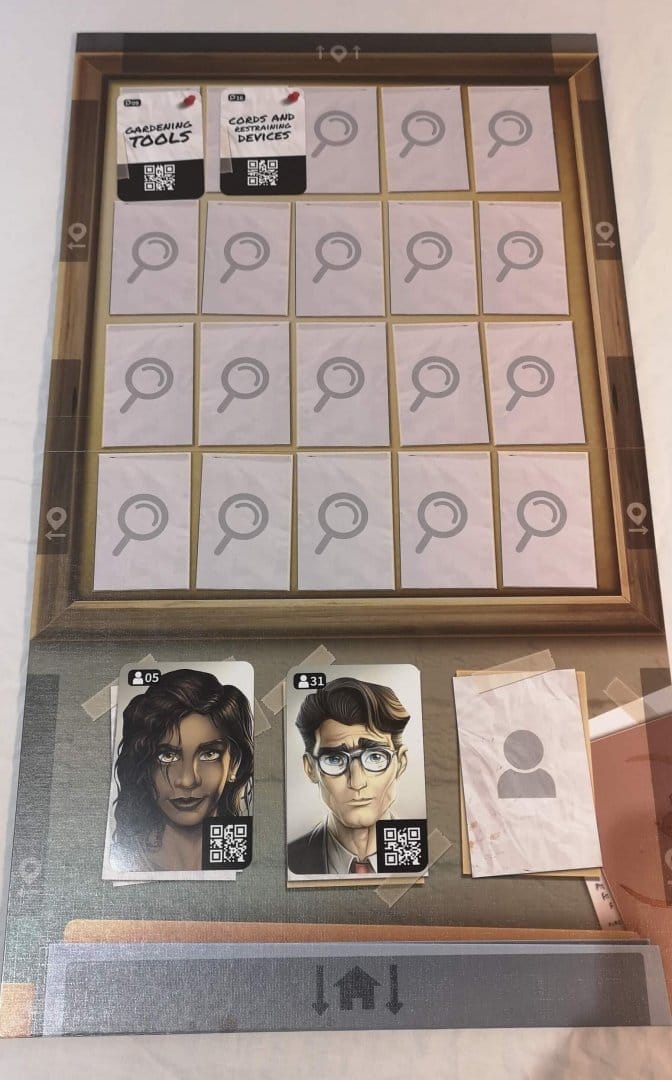
Other characters can be referenced when talking to people, but can only be spoken to directly if you visit their location. Once a character is mentioned, you can draw the character card from the deck, which then lets you ask other characters about them in an attempt to find them. Once you know their location, you can draw the location board, and when visited, it will tell you which characters are there, opening up interactions with them. Some characters also lie to you, and their stories can change if approached with information obtained during the investigation.
We were initially worried about the cooperative nature of the game, as cooperative games can be subject to quarterbacking during play, which is where a strong player takes over and tells the other players what to do. While this is possible during Chronicles of Crime, as the player with the phone running the app controls what’s scanned, cooperation in terms of player’s thoughts during the investigation is extremely helpful. While searching for clues, it was very handy to have one player looking at the scene, calling out things they see for other players to find the cards. After everyone has taken turns looking at the scene and all the relevant cards are out, a discussion can be had over which should be investigated further, and the priority order in which to scan them in.
The investigation itself is also improved with other players having thoughts in opposition to your own. Just like a real investigation, it’s easy to take what characters are saying at face value and some players may suspect some characters over others. Having a discussion and laying out thoughts can help to justify plans and accusations before rushing to a decision, whereas playing solo can lead to some rash choices based on your own gut.

The physical elements of the game really add to the cooperative nature of the game. While a lot of the game is run on the app, having the physical cards of characters and items available to move around, prioritize and also add notes via post-it’s really adds depth to the investigations and discussions between the team. It’s this blending of physical elements with the app that makes Chronicles of Crime so incredibly thematic. The physical elements feel like the white-boards used in real investigations and there’s nothing stopping you using a whiteboard, with magnets to hold up the cards and boards, and then linking elements together with notes or string. The physical components are great for fueling discussions and laying out thoughts.
At the end of the investigation, you will be asked questions, who committed the crime and why for example, and these answers, along with the time taken will give your team a score. Nailing an investigation means that you probably won’t play it again, as you already know the answers, but failing or getting a limited win means you may want to try again. This does give Chronicles of Crime limited longevity in terms of the included investigations, and even the purchasable ones via the app. But the limited core components keep the initial buy-in cost of the game down, making it incredible value for money for the fantastic experience it gives you, even if you only play each of the 5 scenarios once.
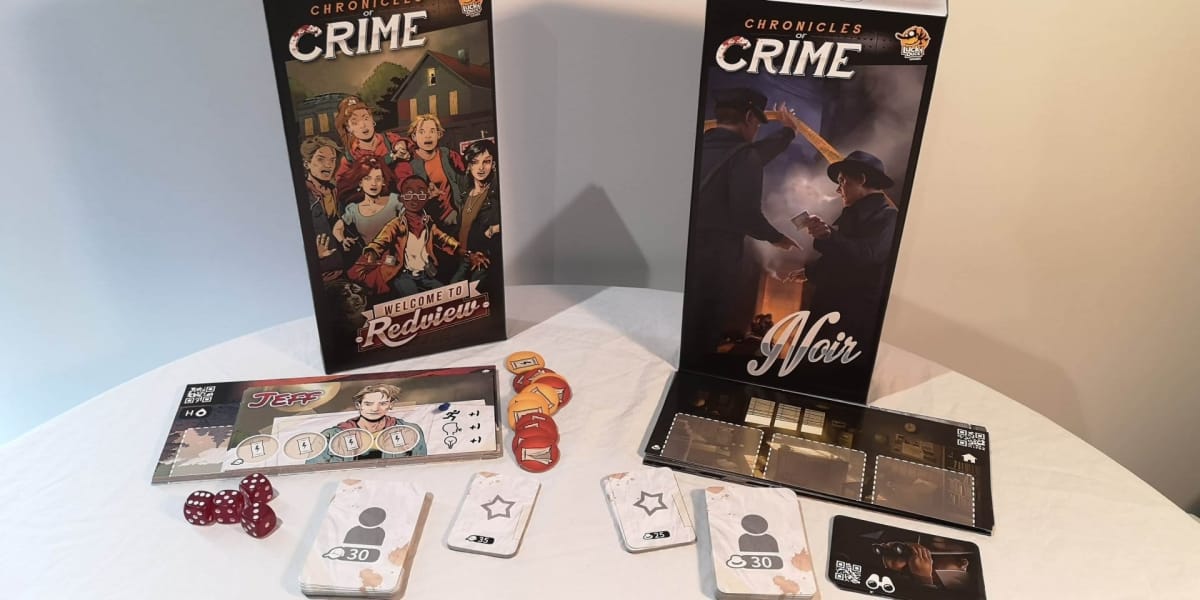
2 expansion packs are currently available, Noir and Welcome to Redview. Both expansions add 4 new scenarios, but also thematically change the way the game is played. In Noir, you’re a private investigator in 1950’s LA, so you don’t have the forensic links that you do in the core game, you have access to 4 actions instead. Shadowing, breaking-in, intimidation, and corruption are used to find information out, requiring players to pick the right action for the job.
In Welcome to Redview each player takes on the role of a teenager, trying to solve a mystery in a 1980’s American town. Each character has different strengths and weaknesses, and this is different from the core game and Noir where you are all playing the same investigation team without specific characters. It also adds in dice rolling for tests based on the strengths and weaknesses of the characters chosen, so finding a balanced team is essential.
The upcoming Kickstarter has 3 different settings for Chronicles of Crime. The Millennium Series, adds new time periods. 1400, 1900, and 2400 will see unique mechanics and while they are standalone expansions, they can be played as linked scenarios following the Lavel family in a narrative experience. We’ll follow up with a review of the Millenium Series at a later date. Each of the Millennium Series boxes will be standalone, and entirely playable out of the box.
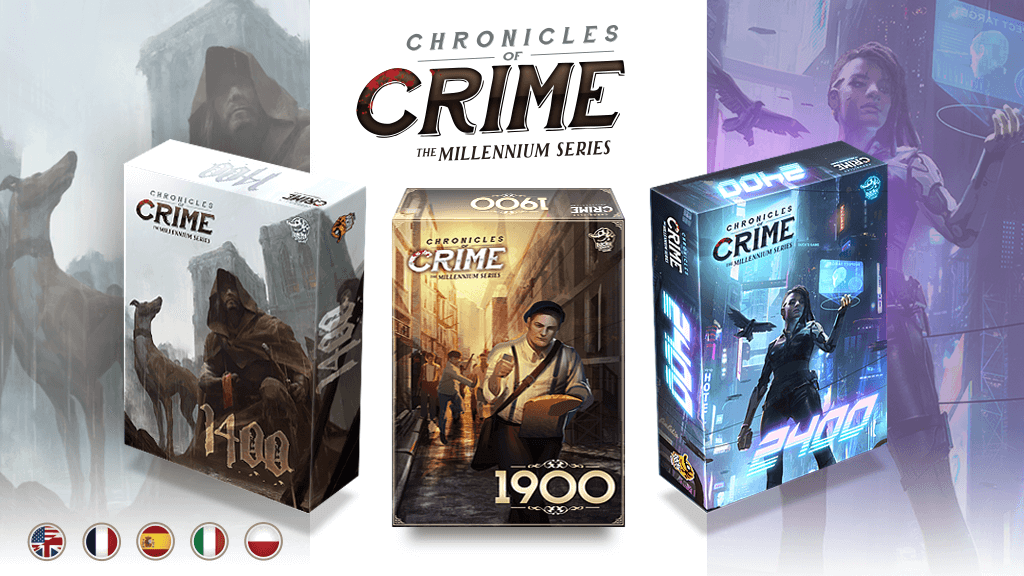
The Bottom Line
Chronicles of Crime is an incredible experience. Each scenario is immersive and the blending of digital and physical components is done very well and feels natural throughout. The scenarios do give it a limited life-span, but the low buy-in and sheer enjoyment make it fantastic value. The options are there to add to the longevity with the expansion packs, which each add their own unique element and thematic gameplay style.
Get This Game If:
- You want an immersive investigation experience.
- You want a great cooperative game.
- You want a game that blends digital and physical components perfectly.
Avoid This Game If:
- You don’t want an app-driven game.
- You don’t like solo or cooperative games.
The copies of Chronicles of Crime and their expansions were provided by Lucky Duck Games.
Review Summary
Have a tip, or want to point out something we missed? Leave a Comment or e-mail us at tips@techraptor.net
